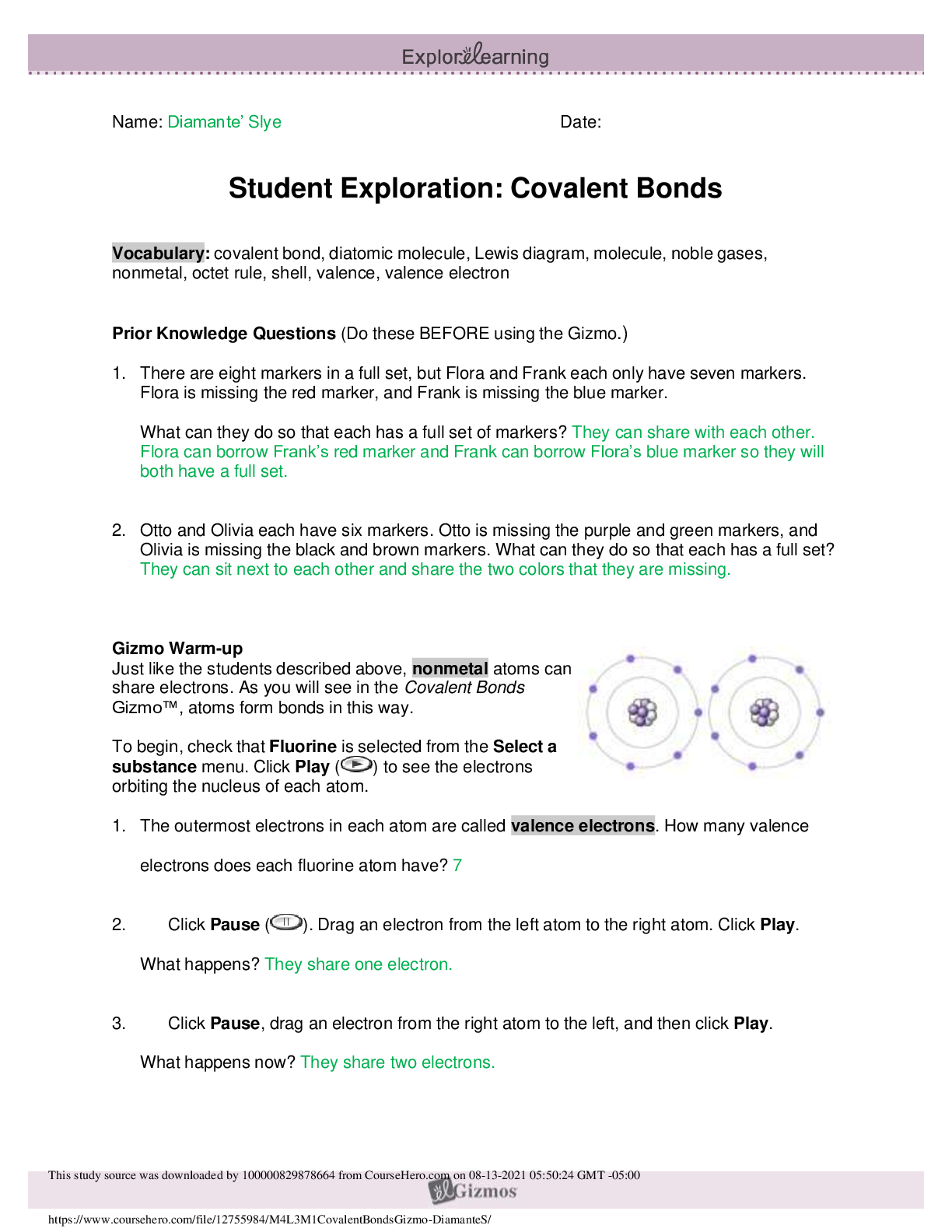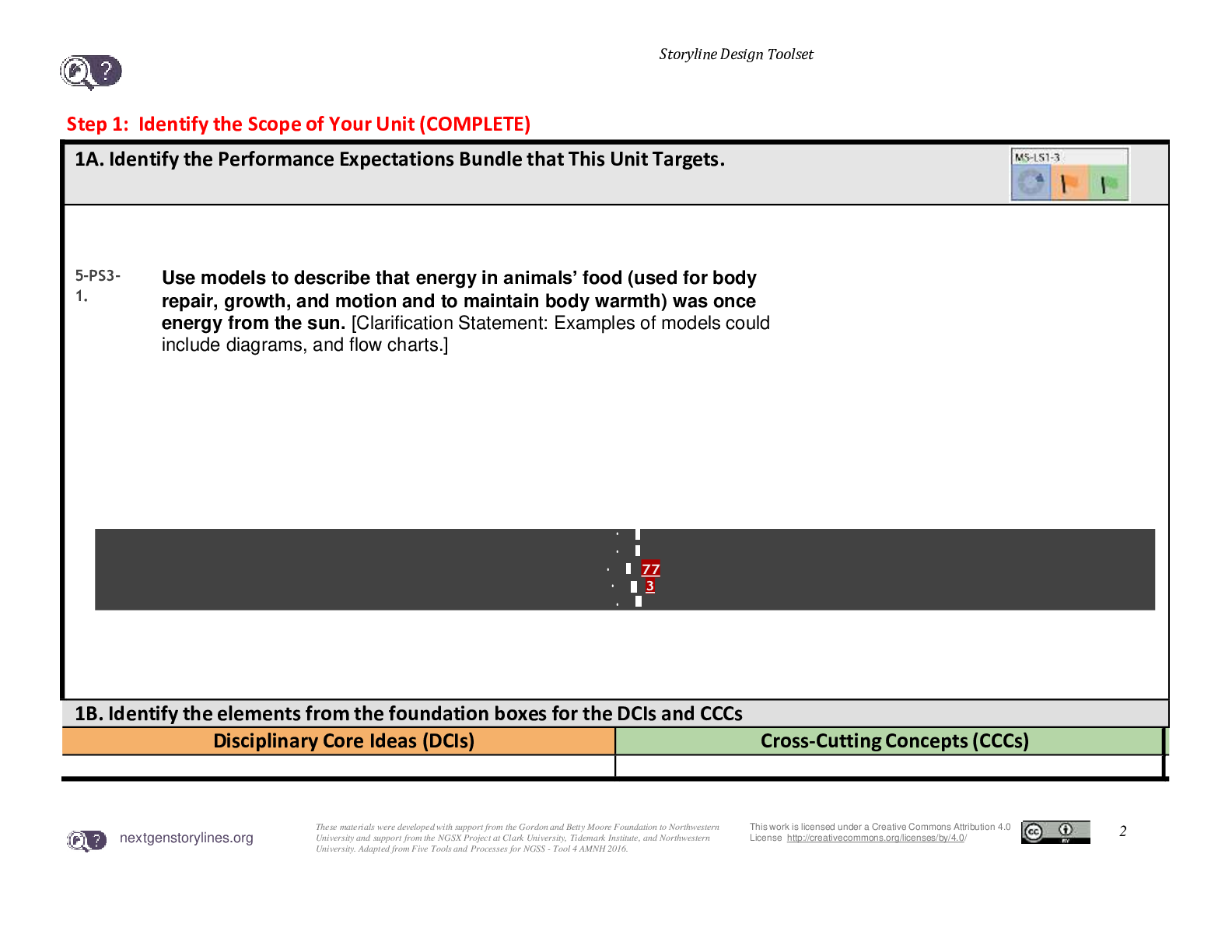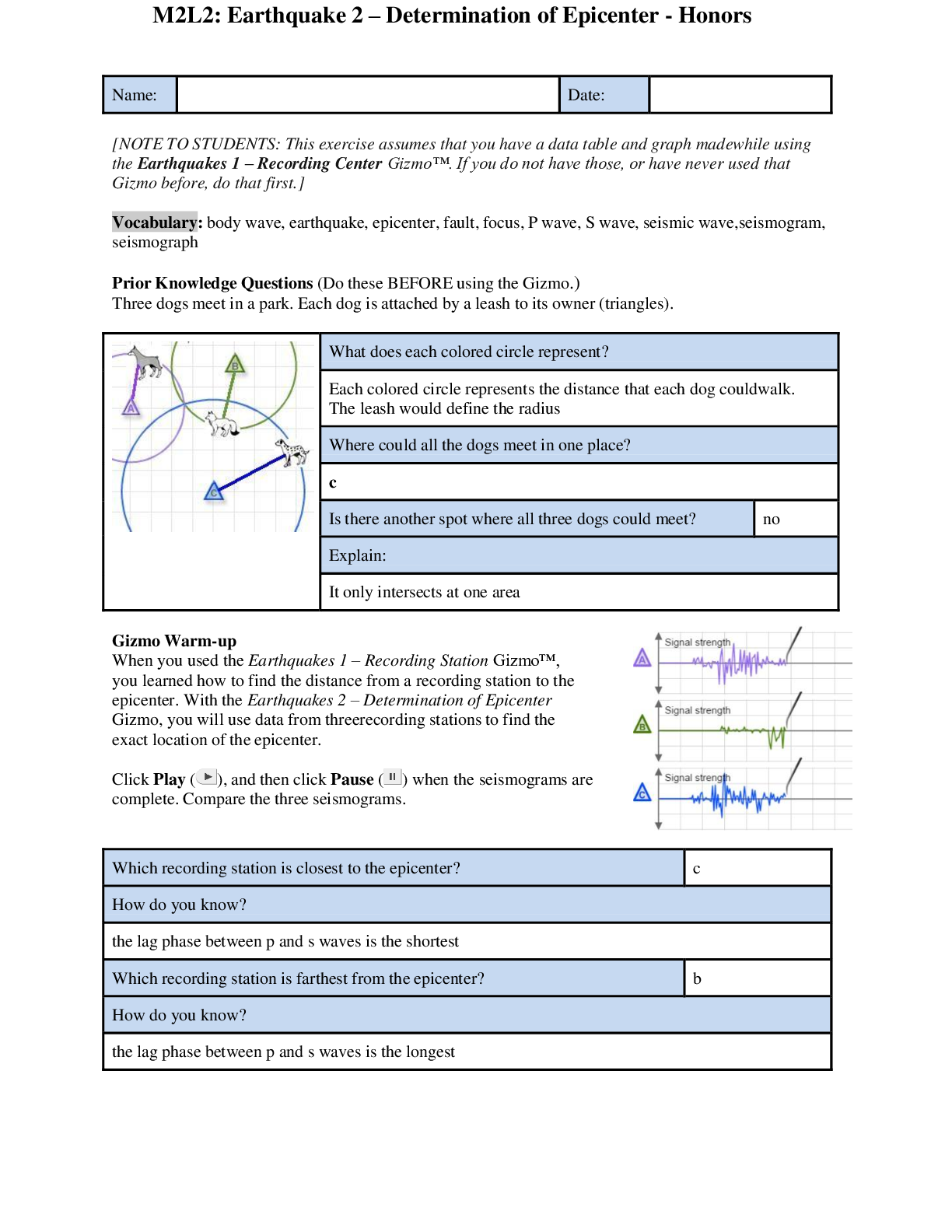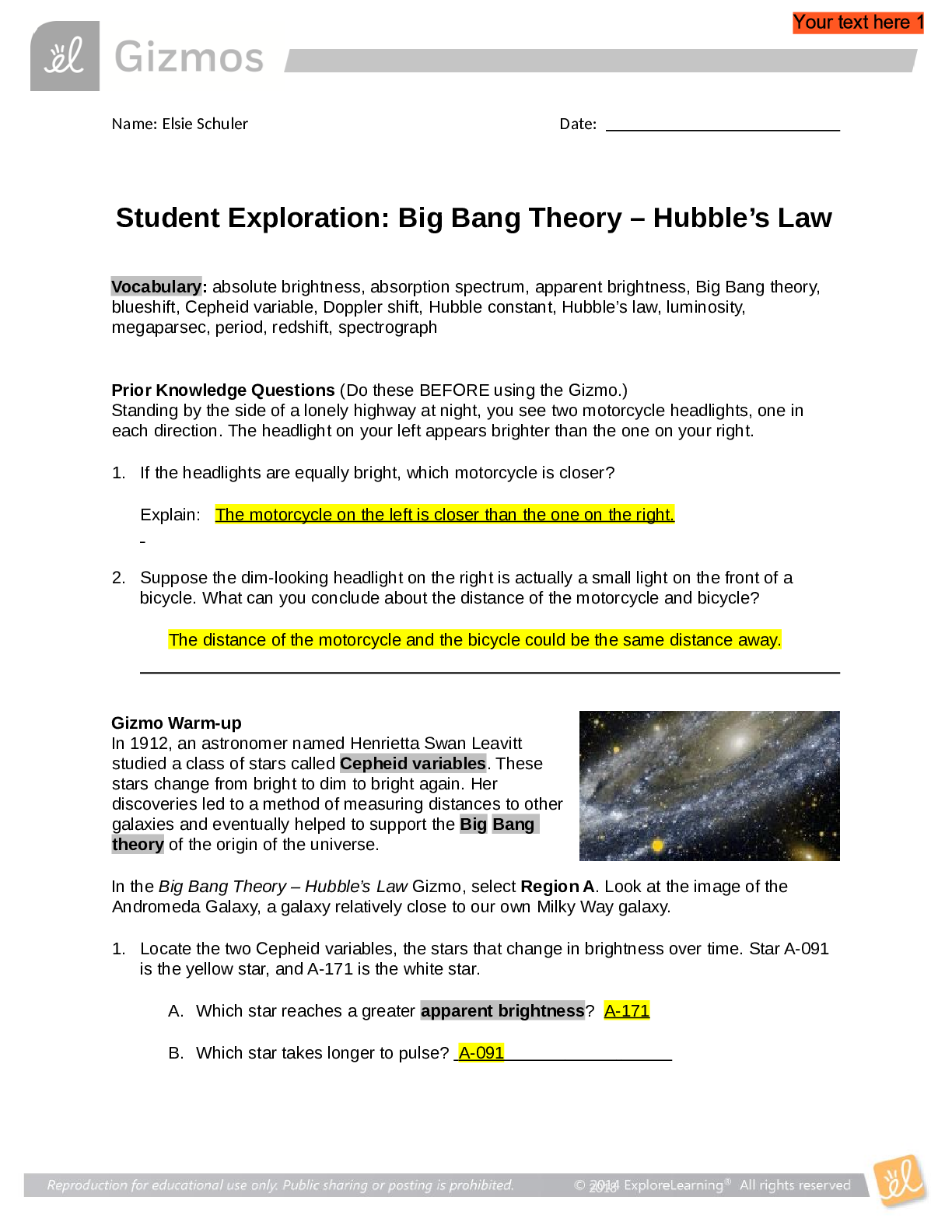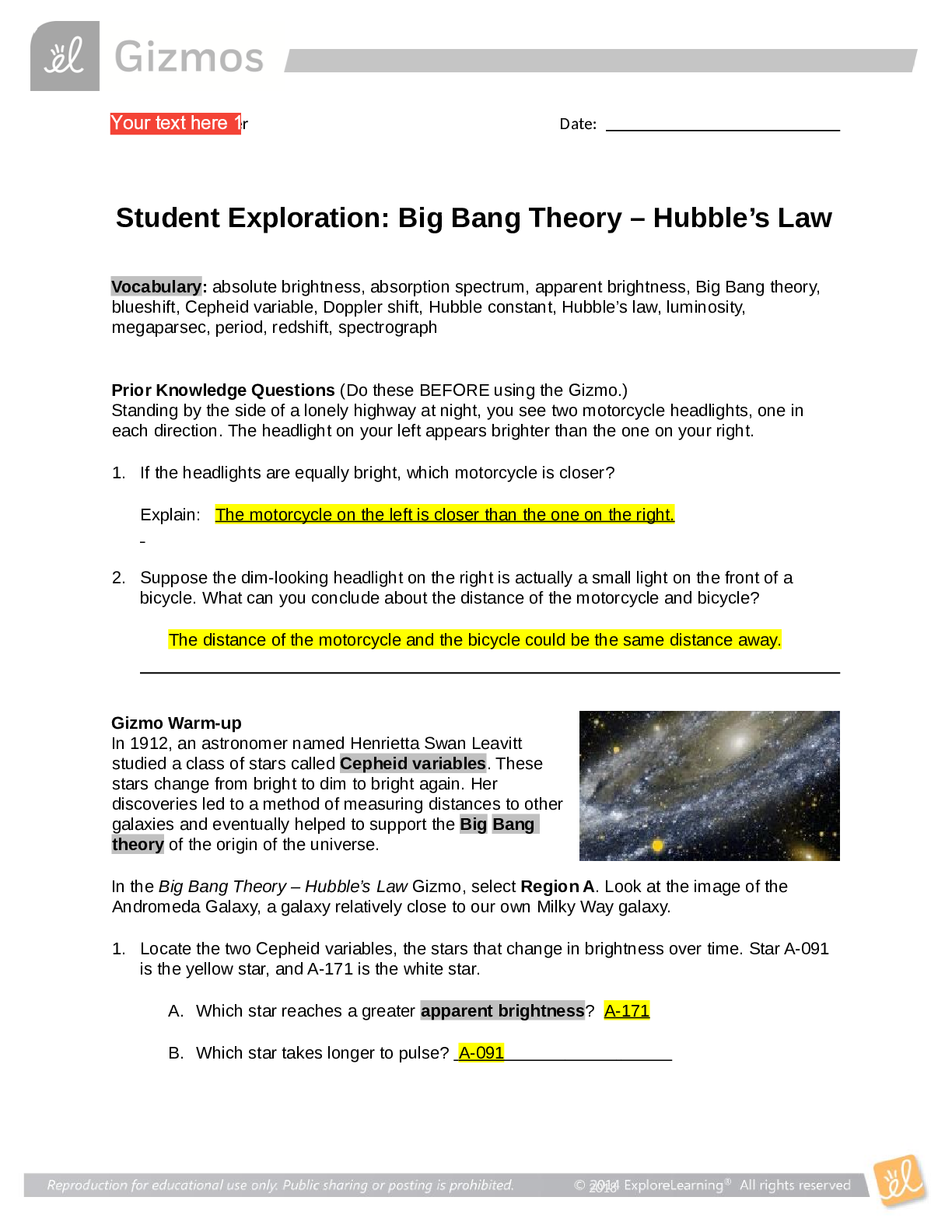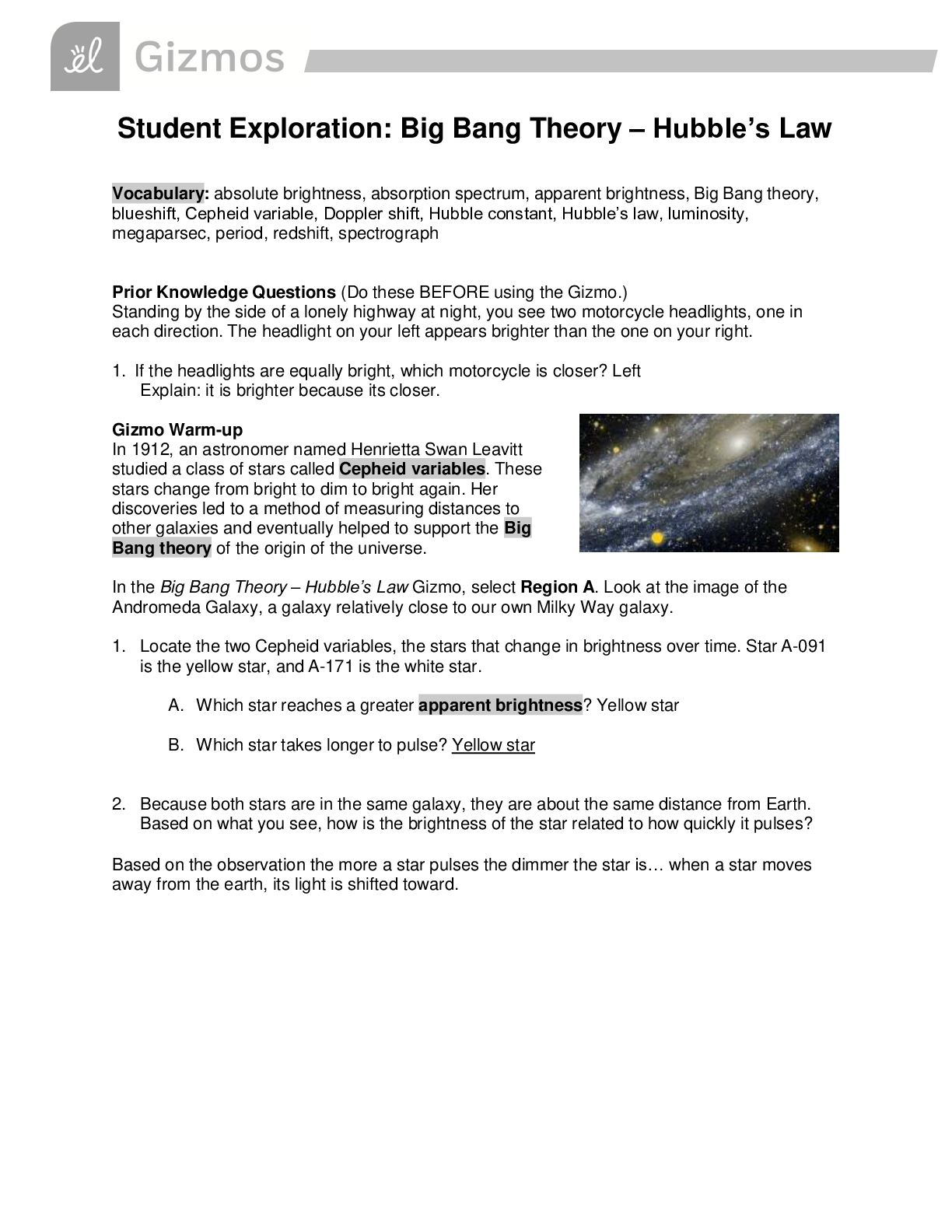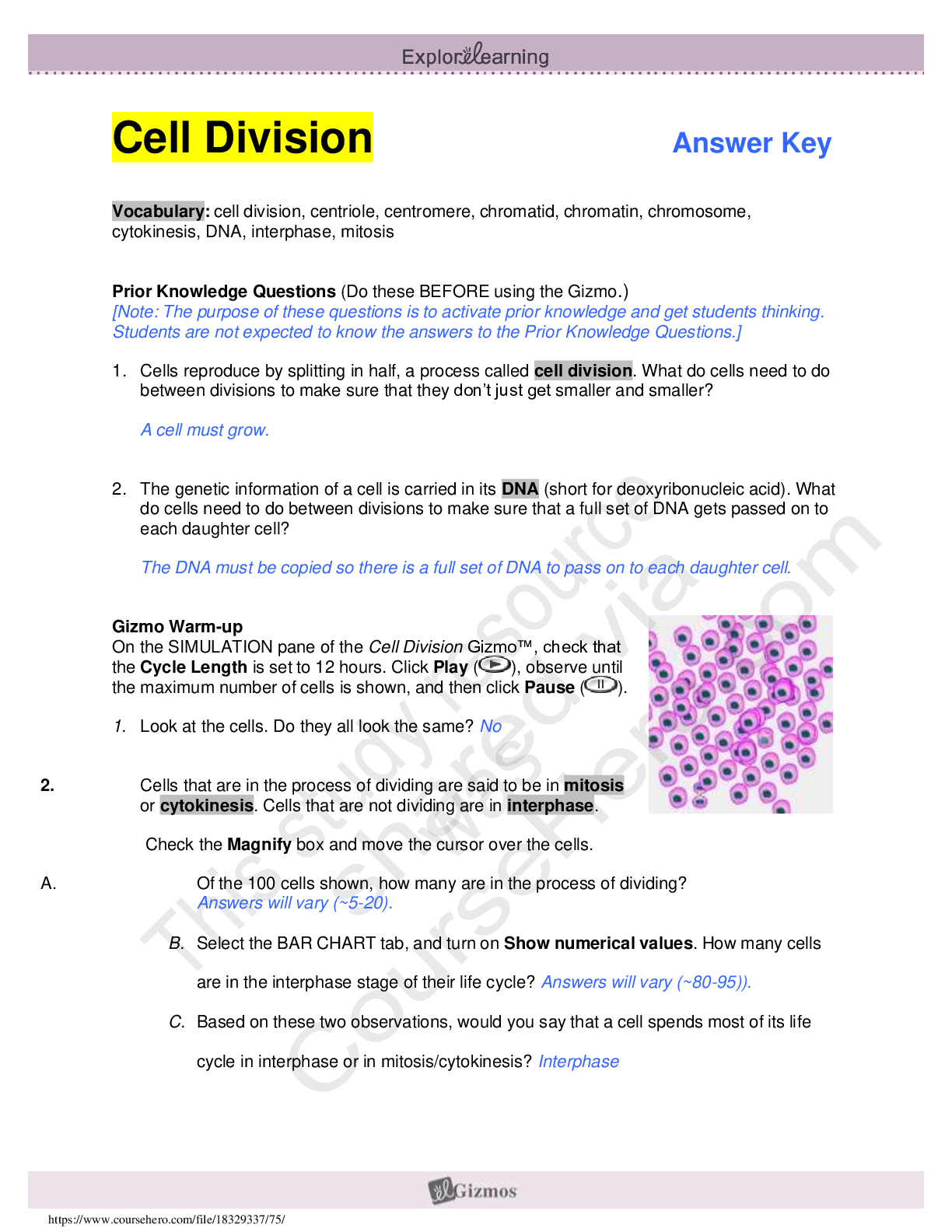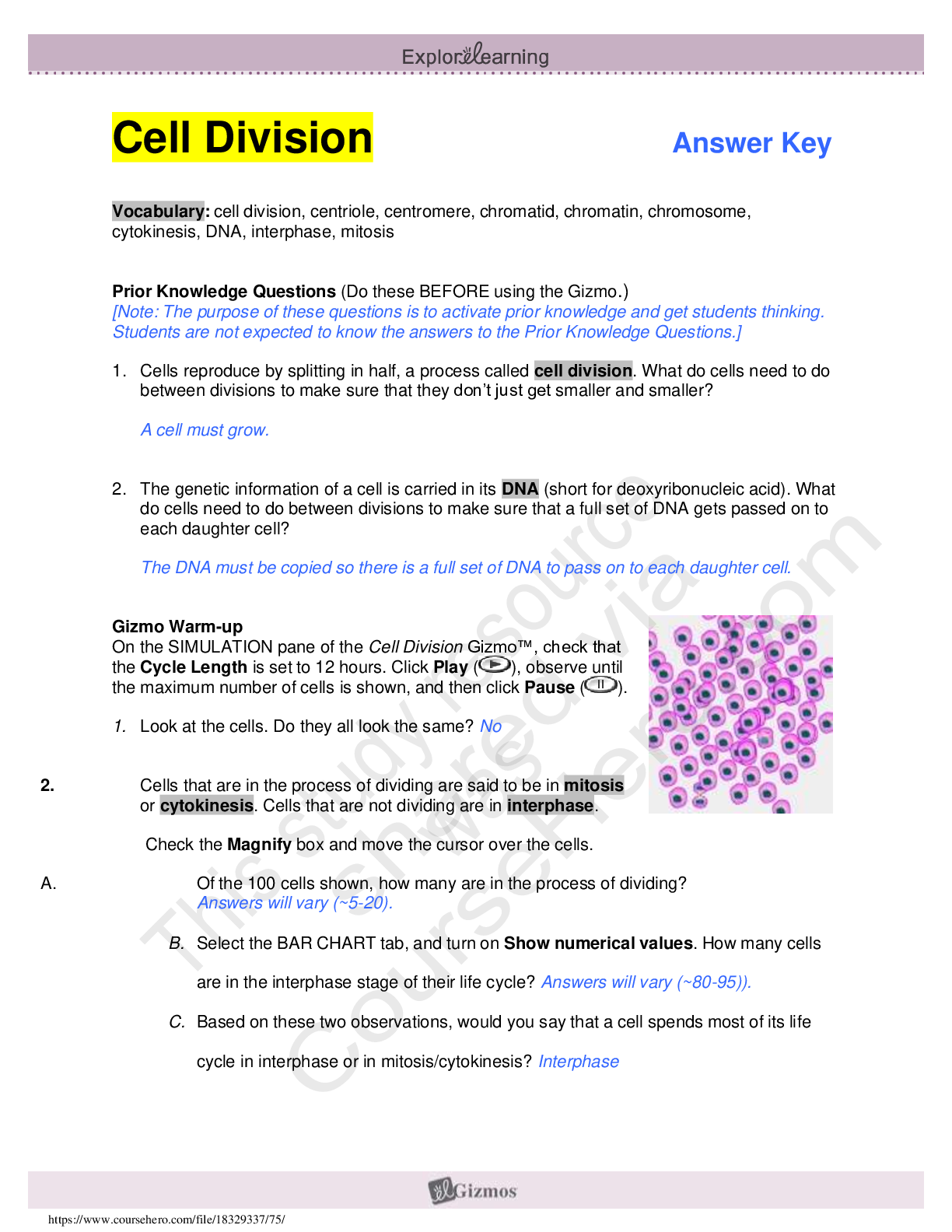_M2L2_ Gizmo Lab #2_ Earthquake Determination of Epicenter - Honors
Document Content and Description Below
Name: Mia Anguiano Date: [NOTE TO STUDENTS: This exercise assumes that you have a data table and graph made while using the Earthquakes 1 – Recording Center Gizmo™. If you do not have those, o... r have never used that Gizmo before, do that first.] Vocabulary: body wave, earthquake, epicenter, fault, focus, P wave, S wave, seismic wave, seismogram, seismograph Prior Knowledge Questions (Do these BEFORE using the Gizmo.) Three dogs meet in a park. Each dog is attached by a leash to its owner (triangles). What does each colored circle represent? Each colored circle represents the distance that each dog could walk. The leash would define the radius Where could all the dogs meet in one place? c Is there another spot where all three dogs could meet? no Explain: It only intersects at one area Gizmo Warm-up When you used the Earthquakes 1 – Recording Station Gizmo™, you learned how to find the distance from a recording station to the epicenter. With the Earthquakes 2 – Determination of Epicenter Gizmo, you will use data from three recording stations to find the exact location of the epicenter. Click Play ( ), and then click Pause ( ) when the seismograms are complete. Compare the three seismograms. Which recording station is closest to the epicenter? c How do you know? the lag phase between p and s waves is the shortest Which recording station is farthest from the epicenter? b How do you know? the lag phase between p and s waves is the longest Goal: Based on three seismograms, locate the epicenter of an earthquake. Prepare: To complete this activity, you will need the table and graph you made in the Earthquakes 1 – Recording Station Student Exploration. Take this out now. If you do not have it, there is a graph you can use at the end of this report. Measure: Turn on Show time probe. On each seismogram, locate the first P-wave and the first S-wave. Measure the time interval (∆t) for each seismogram, and then use your graph to find the distance of each station to the epicenter. Use the graph provided on the last page of this report to determine the distances. Station Time interval (∆t) Distance to epicenter (km) A 62sec 483 B 106 826 C 48 374 Locate: Turn on the Show station A checkbox. Set the Radius to the distance of station A from the epicenter, based on your table above. Look on the circle on the map. Locate: Turn on the Show station B checkbox. Set the Radius to the distance of station B from the epicenter. Look on the two circles on the map. Locate: Turn on the Show station C checkbox. Set the Radius to the distance of station C from the epicenter. If you did everything right, you should see the epicenter symbol ( ). If you do not, recheck all of your distances. (You may need to adjust each radius slightly.) Once you locate the epicenter, click the Tools palette and click Screen shot and insert the picture into the space below. Practice: Click Reset. Try to locate at least five more epicenters. Record the time differences for each station in the table below. Each time you locate an epicenter, click the Tools palette and click Screen shot and insert the picture into the matching row in the second table. ............................................................................continued....................................................................................... [Show More]
Last updated: 1 year ago
Preview 1 out of 7 pages

Reviews( 0 )
Document information
Connected school, study & course
About the document
Uploaded On
Aug 14, 2021
Number of pages
7
Written in
Additional information
This document has been written for:
Uploaded
Aug 14, 2021
Downloads
0
Views
74

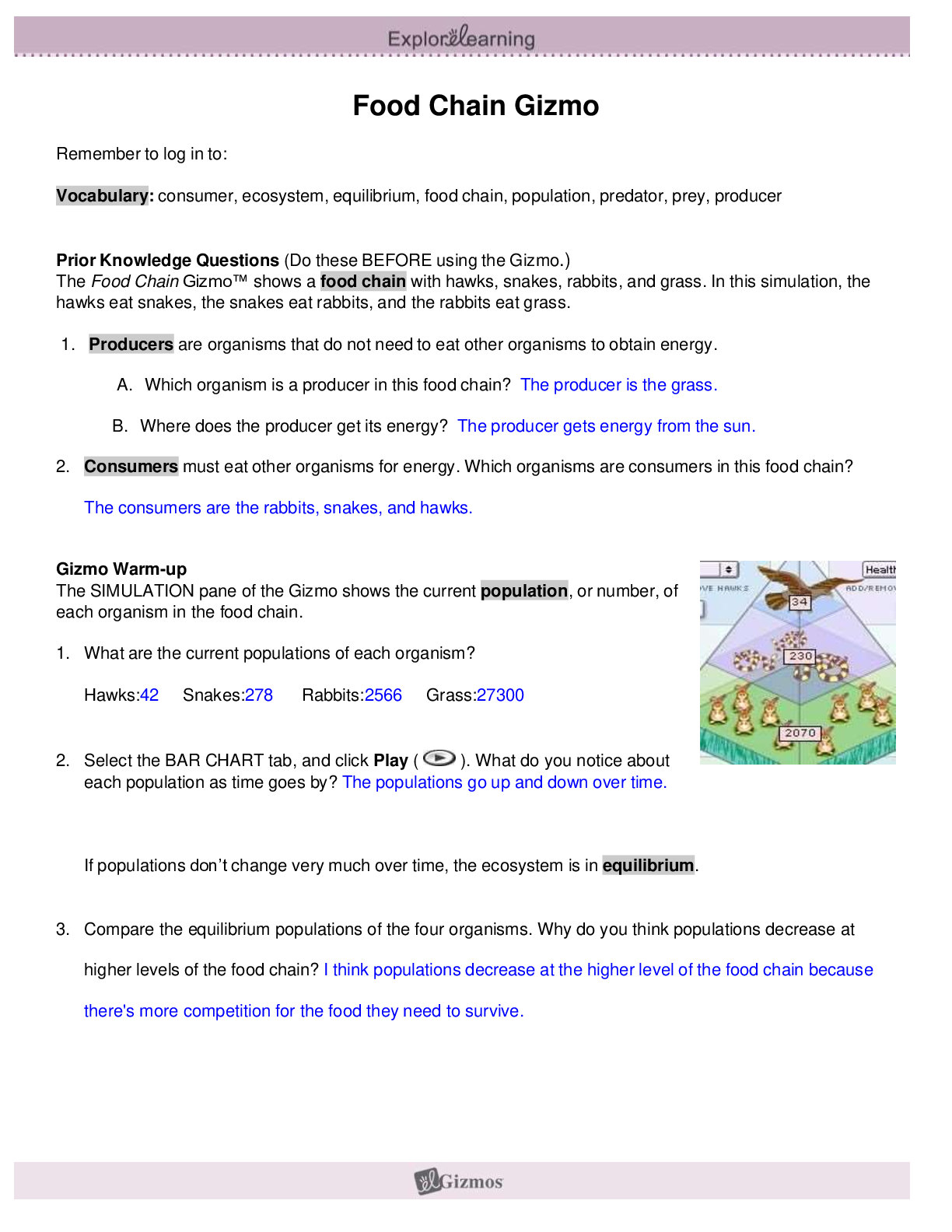


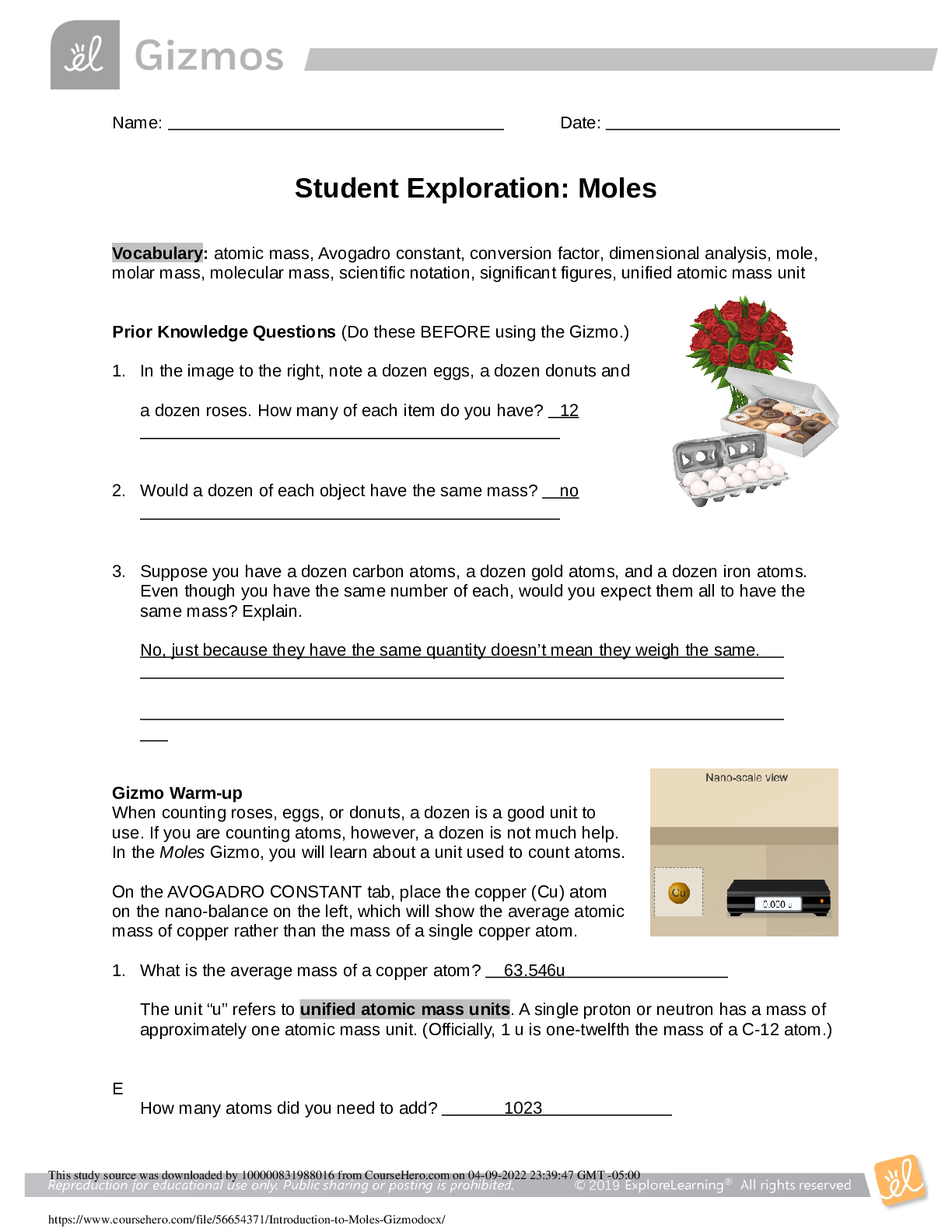

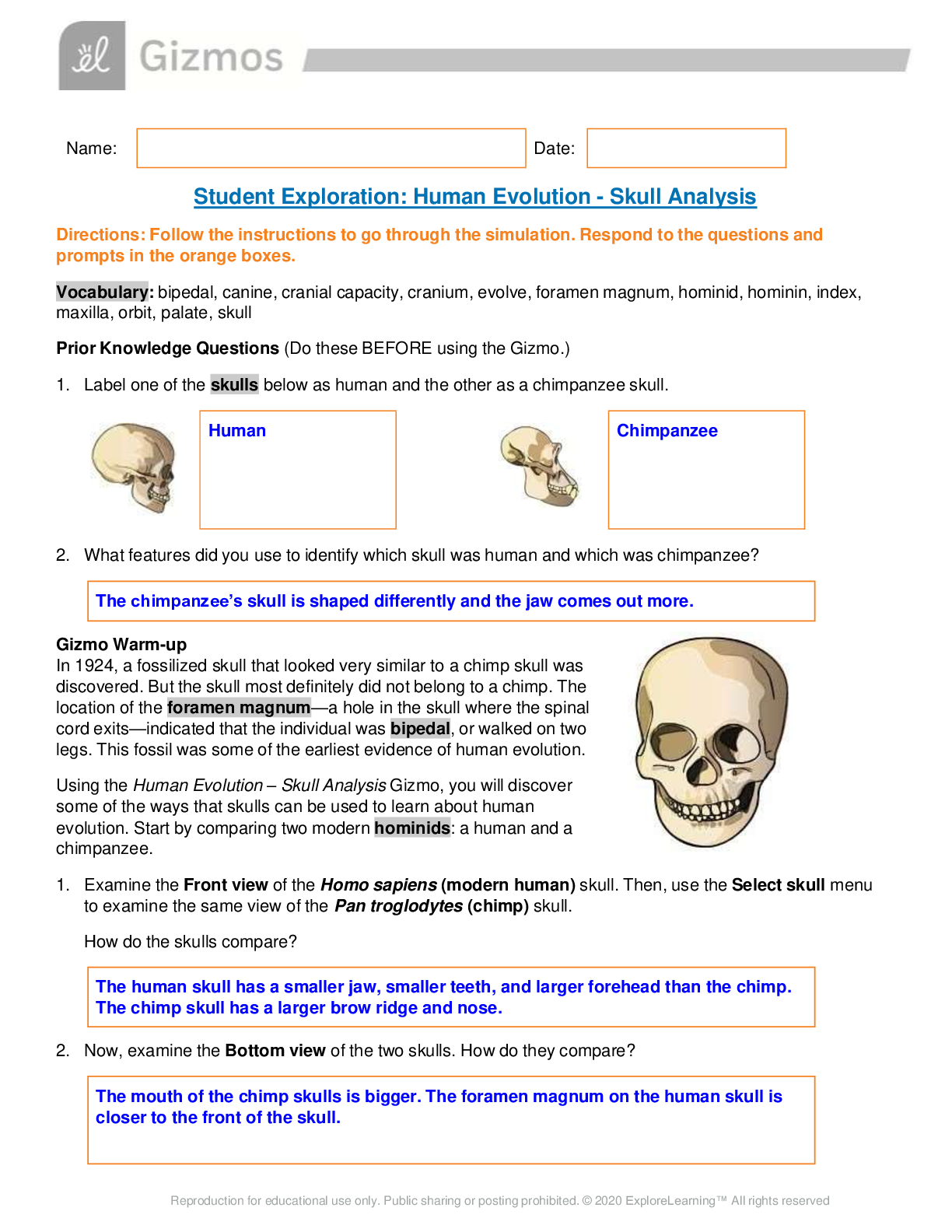
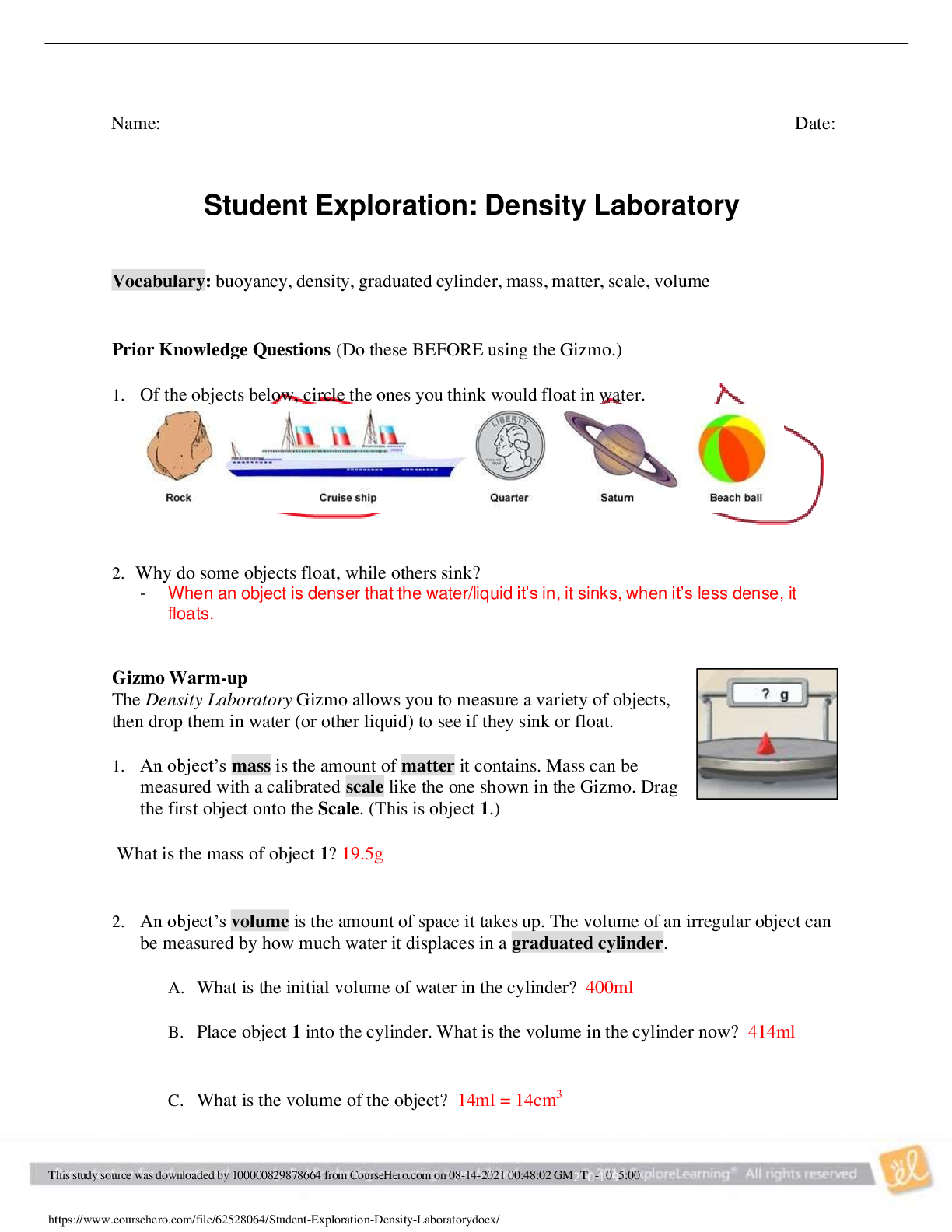


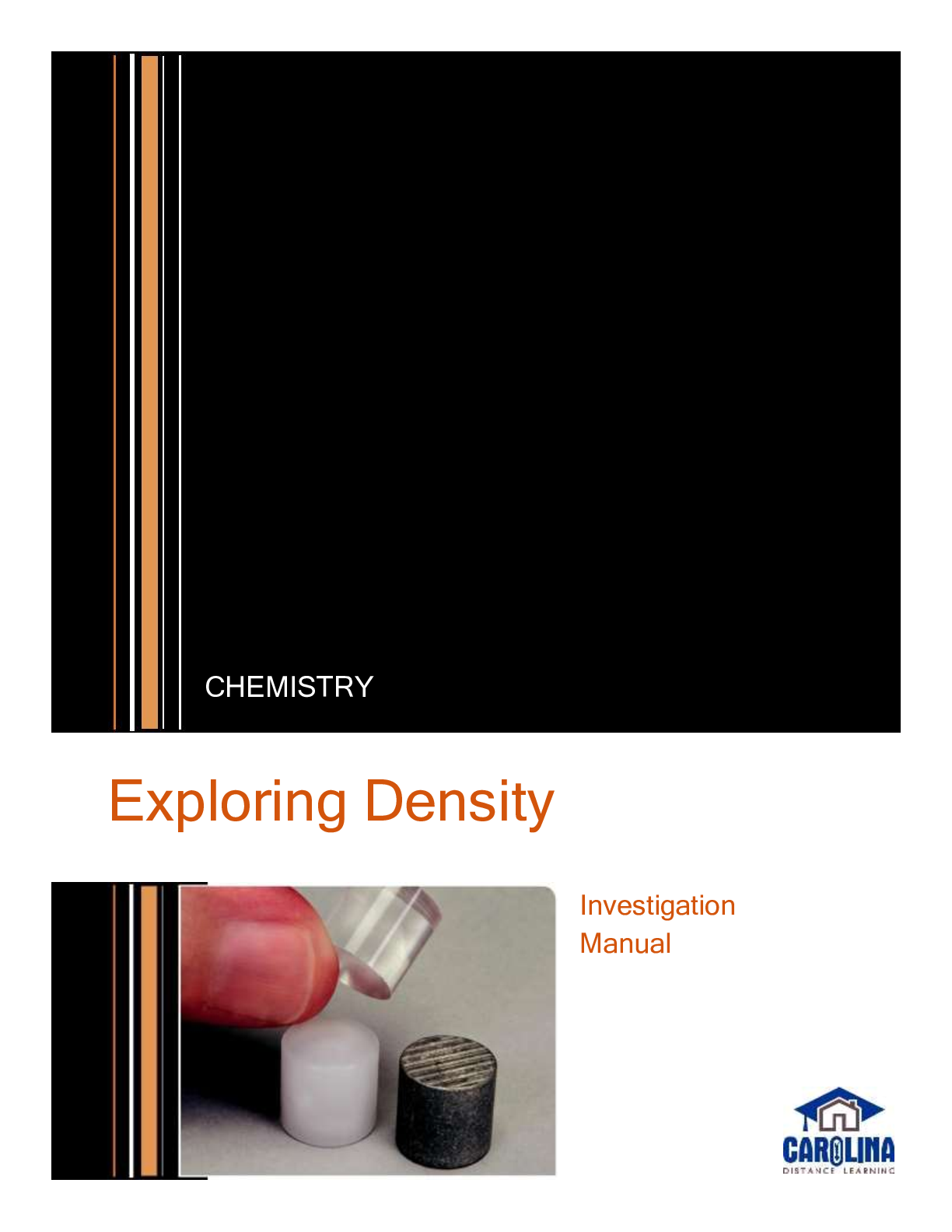
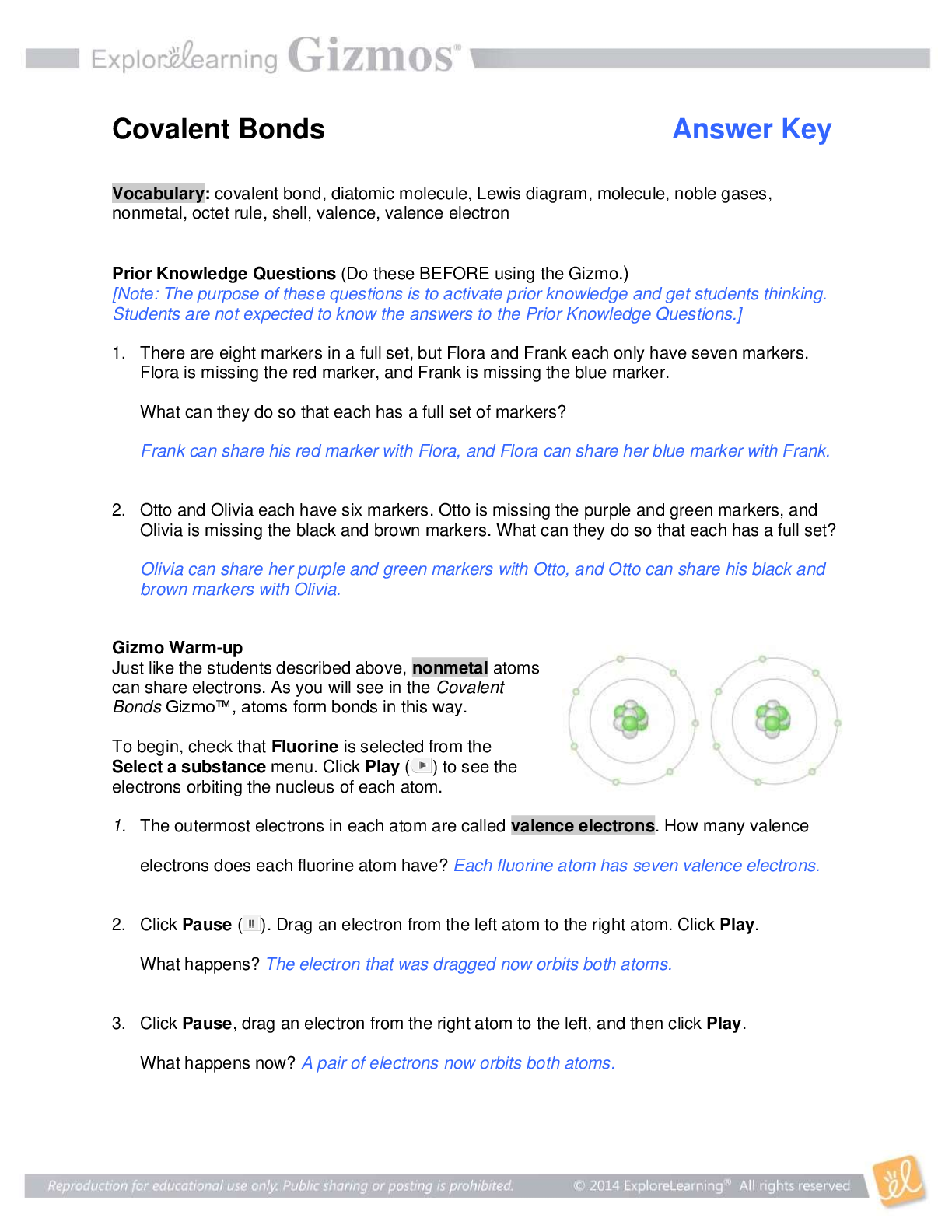
.png)
